A shocking video has surfaced online showing a Tesla Model Y briefly going airborne after hitting a large piece of metal debris while driving on Full Self-Driving (Supervised). The incident, which took place just outside San Diego, has sparked new conversations about how much drivers should rely on semi-autonomous driving systems.
The Journey That Went Wrong
Tesla influencer Justin Demaree, better known online as Bearded Tesla Guy, was attempting an ambitious road trip across the United States in his brand-new 2026 Tesla Model Y Juniper. His goal was to complete the entire journey while relying fully on Tesla’s advanced driver-assist system, Full Self-Driving (Supervised).
Unfortunately, his trip got off to a dramatic start. Only a short distance into the journey, while traveling at over 70 mph, the Tesla struck a large metal girder lying in the road.
What the Video Shows
The frightening moment was captured on video and later shared online. In the clip, the Model Y can be seen traveling at 77 mph when Demaree and his friend first spot an object in the road ahead. At first, they assume it’s roadkill, but as they get closer, they realize it’s a heavy metallic object.
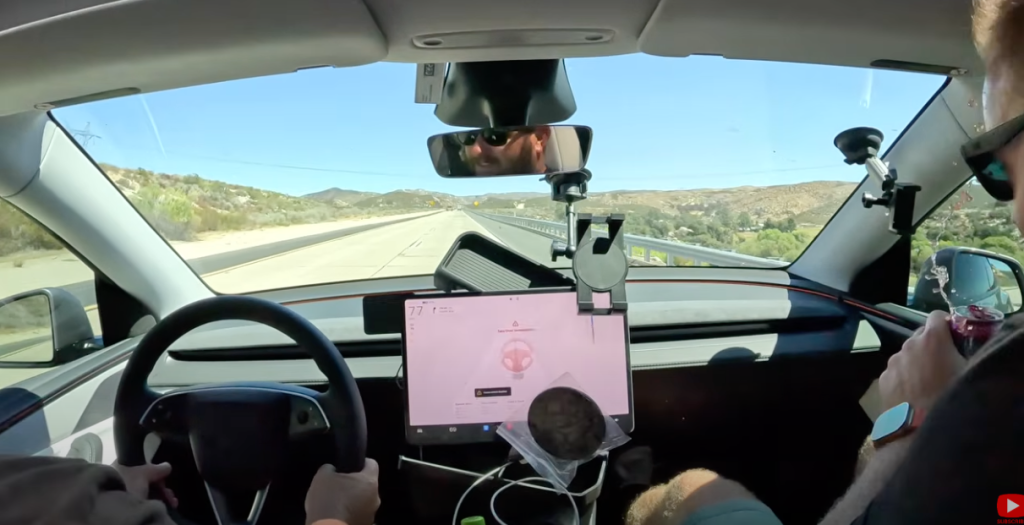
By the time they understood the danger, it was too late. The car, still on FSD Supervised, did not brake or swerve. Instead, the Model Y slammed into the girder head-on, causing it to momentarily lift off the ground. The driver kept the steering wheel straight, preventing a worse outcome.
After the Impact
Miraculously, no one was injured. The pair immediately pulled over to inspect the vehicle. The underbody of the Tesla showed clear signs of impact, but the car was still drivable. No warning lights appeared on the dashboard, and the Model Y was able to move both forward and backward without issue.
Still shaken, Demaree and his passenger rested briefly before continuing their trip. But the incident was far from over. Later in the journey, the Tesla began having problems charging at a Supercharger. The issue grew serious enough that they were forced to stop at a Tesla Service Center in Tucson, Arizona.
What Technicians Found
At the service center, technicians determined that the battery pack and several suspension components had been damaged. The estimated repair bill was jaw-dropping,a round $20,000.
Read More News: Mechanic Latest News
However, there was a surprising twist. In a follow-up video, Demaree explained that Tesla technicians later discovered the battery pack had preexisting chemistry issues unrelated to the crash. Because of this, the battery was replaced under warranty at no cost. Unfortunately, the suspension repairs and other damage were not covered, leaving Demaree still facing a hefty bill.
A Wake-Up Call for Drivers
While the outcome could have been much worse, the incident has reignited debate over Tesla’s Full Self-Driving technology. The system is among the most advanced on the market, but this event shows it still has blind spots. In this case, the software failed to detect and react to a large stationary object directly in its path.
Experts emphasize that these driver-assistance systems are not a substitute for human attention. Even with FSD Supervised engaged, drivers are required to stay alert and be ready to take control at any moment.
The Bigger Picture
This crash highlights both the promise and the limitations of semi-autonomous driving technology. While Tesla’s system can handle many scenarios, it is not flawless, and relying on it completely can lead to dangerous situations.
Ultimately, the responsibility lies with the driver. If an object is in the roadway, it’s up to the human behind the wheel to slow down, steer clear, and prevent an accident.
As this video makes clear, real-world traffic is no place to test the limits of software, no matter how advanced it may be. The human driver is still the final line of defense.
FAQs
What happens if Tesla Full Self-Driving misses an object on the road?
If Full Self-Driving doesn’t recognize an object, the car may not brake or swerve on its own. In that case, it’s up to the driver to react quickly and avoid a crash. That’s why the system still requires the driver to pay attention at all times.
Can a Tesla keep driving after hitting road debris?
Yes, sometimes it can. If the damage is minor, the car may still move normally, but hidden issues, like battery or suspension damage, can show up later. It’s always smart to check the car right away and then get it inspected by a service center
Does Tesla’s warranty cover damage from hitting something in the road?
The warranty usually doesn’t cover damage caused by accidents or road debris. However, if a problem is found to be unrelated to the crash, like a defect in the battery, it may still be replaced under warranty.
How much does it cost to repair a Tesla after hitting debris?
The cost can be very high, sometimes reaching tens of thousands of dollars. Common repairs after such impacts include suspension parts, the underbody, and even the battery pack.
Is Tesla Full Self-Driving safe to use on highways?
It can handle many driving tasks on highways, but it isn’t perfect. The system might not always react to sudden or stationary objects. That’s why drivers should always keep their hands on the wheel and eyes on the road
What should I do if my car hits a large object while driving?
First, pull over safely and check for obvious damage. Even if the car seems fine, hidden problems can appear later, so it’s important to have the vehicle checked by a professional before continuing long trips
Can road debris damage an electric car battery?
Yes. If something hits the underside of the vehicle, it can cause damage to the battery pack or protective covers. This may lead to charging issues or expensive repairs.
Why didn’t the Tesla slow down before hitting the object?
The Full Self-Driving system didn’t recognize the metallic object in time. This shows that driver-assistance technology still has limits and cannot fully replace human attention.
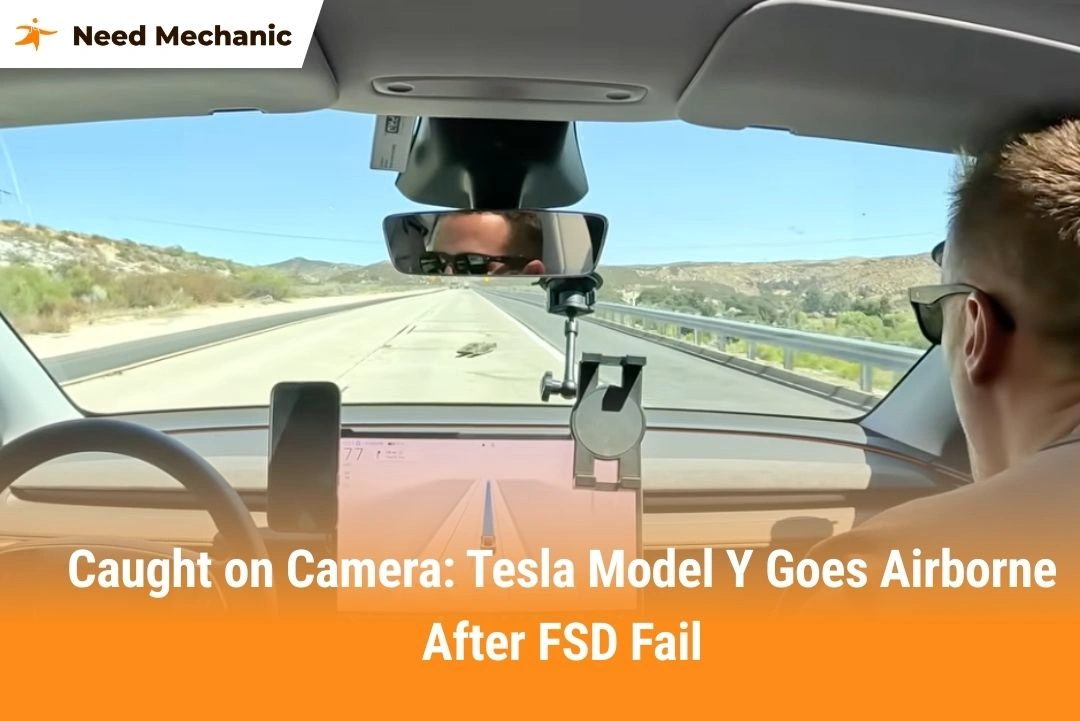
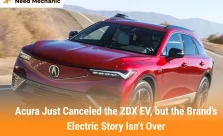
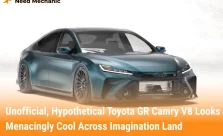

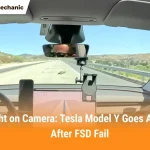

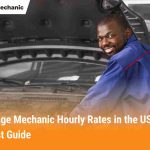
Leave a Reply